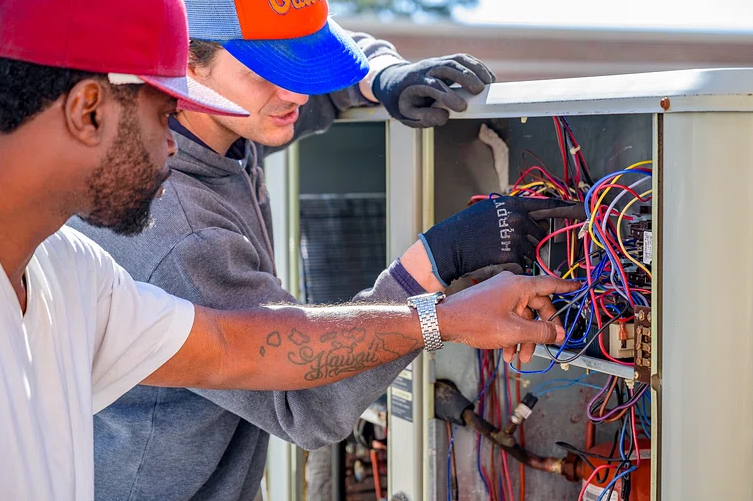 Electrical outlets can be helpful for various things, including plugging in yard equipment or holiday decorations. But if an outlet is appropriately maintained, it can be safe.
Electrical outlets can be helpful for various things, including plugging in yard equipment or holiday decorations. But if an outlet is appropriately maintained, it can be safe.
Make sure your outdoor outlets are GFCI (ground fault circuit interrupter) outlets. They are the only ones safe to use outdoors and comply with national electrical code requirements.
Check the Cover
Your outlets must be appropriately covered when not in use. It is a simple electrical safety precaution that prevents water and debris from getting into your outlets and causing damage. Many electricians also recommend performing random inspections of your outlets and wires to ensure they are in good condition. It will help detect problems such as loose connections or frayed wires before they become an electrical fire hazard.
Whether or not the cover is in place, you should always check to ensure your outside electrical outlets Fayetteville, WV are GFCI outlets (ground fault circuit interrupters). The National Electric Code requires GFCI outlets for outdoor locations because they protect against shock and electrocution caused by contact between electricity and water. You can identify a GFCI outlet by its ‘TEST’ and ‘RESET’ buttons and the ‘WR’ embossed on it, which indicates that it is weather resistant.
If your GFCI isn’t working, it may be time to replace it. It is a job best left to a professional, so contact your trusted electrician if needed.
Check the Wiring
If your outdoor outlet keeps tripping, there may be loose wire connections. These can inhibit the flow of electricity and lead to melted outlets or electrical fires.
The first step in determining whether loose wires are the culprit is to make sure the breaker for that circuit is not tripped. Then, using a non-contact voltage tester, check all the screw terminals and outlet slots for power.
Turn off the appropriate circuit breaker in your home’s box to shut off power to the receptacle circuit. Locate an existing interior wall outlet on the same side of the stud where you want to mount your new exterior outlet. If there isn’t one, tap into a stud cavity (space between adjacent studs) to run your new outlet.
Make sure your new outlet is a GFCI outlet and is rated for outdoor use. GFCIs help to protect people from electrical shock by detecting leaks of current and shutting off the outlet.
Check the Ground
A well-working grounded outlet is essential for electrical safety. If your outlet is not grounded correctly, it may increase the risk of shock and fire. A professional can install an additional grounding point to eliminate the threat.
Before you start working on an electrical outlet, make sure the power is turned off. It is best to turn off the entire circuit breaker for the area you are working in, but you can also flip the switch for just that outlet or junction box. Use a circuit tester to double-check that the outlet is not live. It costs just a few dollars and can be purchased from most hardware stores.
Plug the tester into each vertical slot in the outlet, red into the smaller one, and black into the more significant place. A properly functioning outlet should show a reading of 120 volts. If it doesn’t, the outlet is either not grounded or the wiring is reversed.
Test the Outlet
While it may seem daunting to troubleshoot a non-working outlet, it is possible to work with a licensed electrician to resolve the problem. Many issues, such as GFCI resets, weather damage, chewed insulation, and overload tripping breakers, can be repaired without the need to replace the outlet.
Before you begin, shut off power to the outlet by resetting the breaker and pushing the test button on your GFCI (if it has one). Then, remove the cover plate and carefully insert the tester probes into each outlet slot. If the tester reads no voltage, you have successfully checked your wiring and connections. If it doesn’t, the outlet is probably faulty, and you must replace it. Ideally, have a professional electrician install new, weatherproof outlets that comply with the National Electrical Code. If you have old outlets, consider replacing them with GFCIs to protect against shock and fire hazards. GFCIs cut the current when electricity leaks to the ground and are significant for outlets used near pools, hot tubs, and wet areas.






